7 min read
Top Small Business Tax Credits in 2023
Small business owners are constantly seeking ways to minimize their tax liabilities and increase their bottom line. One strategy that can help...
Expert payroll management services with a personal touch.
View Solution Read Guide HR Support
HR SupportSimplify and personalize HR with a team of HR experts on-demand.
View Solution Read Guide Time & Attendance
Time & AttendanceWhy spend more unnecessary time and money managing your workforce?
View Solution Read Guide Hiring & Onboarding
Hiring & OnboardingTurn your candidates into employees with hiring & onboarding solutions.
View Solution Read GuideAdd On Solutions automate everyday tasks, prevent mistakes, and simplify business compliance.
View SolutionHelpful downloads and eBooks to empower your business.
Helpful tax and HR alerts to help keep your business compliant.
Payroll and tax-related forms and documents.
Horizon's blog provides valuable insight into payroll, compliance, human resources, and more.
See our client success stories for a case study on how we can help your business.
Payroll and HR strategy requires intelligent technology, personal attention and specialized expertise in the needs and nuances of your business.
We provide payroll and tax processing services for businesses from 1 to 1,000 employees or more. Today, we have nearly 1,000 customers in 40 states.
Saving for retirement can be a real headache – it requires some amount of financial know-how, extra income, and the foresight to save in spite of the expenses you’re faced with in the present. The U.S. Government has tried to figure out ways to counter these issues and encourage their constituents to put money towards their future, including initiatives like the SECURE Act 2.0!
In this brief guide, we’ll go over some facets of the SECURE Act 2.0 and address some commonly asked questions. Read on to learn more, or contact Horizon today for more information!
The SECURE Act 2.0 is a federal measure that was passed in 2022, and it makes a number of changes to the way that retirement savings plans work at a federal level in order to make it easier and more accessible to the average taxpayer.
The SECURE Act 2.0 is a bill that is primarily concerned with promoting workplace retirement plans and savings by creating some additional benefits for those eligible for retirement savings through 401(ks), 403(b)s, and IRAs. These benefits can come in the form of easier access to retirement accounts, more flexibility, tax savings, and much, much more.
Under the SECURE Act 2.0, any employees that are eligible for 401(k) or 403(b) plans through their employer will be automatically enrolled without any need to explicitly opt-in! Note that this only applies to qualified retirement plans starting after December 31st, 2024. This can help employees who don’t opt in capitalize on their earnings over time.
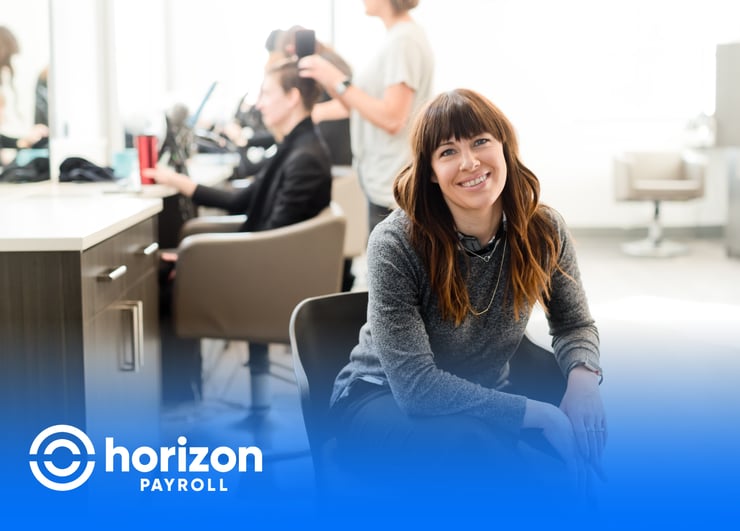
Typically, those who are age 72 or older have a minimum amount that they must withdraw from IRAs and 401(k)s. However, the SECURE Act 2.0 has made some changes to policies regarding RMDs. The minimum age has changed from 72 to 73, and it will change from 73 to 75 in 2033, allowing people to let their savings grow even more! Those with IRAs may want to think before they opt to defer their first withdrawal; the short period of time for withdrawal may mean that they will need to pay taxes on those retirement funds.
The SECURE 2.0 Act also aims to reward employer contributions to retirement accounts by providing small employers with tax credits for contributing to employee retirement plans within the first five tax years of these retirement accounts being set up. Before the SECURE 2.0 Act, businesses with less than 100 employees could receive a tax credit of up to 50% of administrative costs within the first three years of starting their employees’ retirement plans. The new plans under SECURE 2.0 increase the eligible credit from 50% to 100% for employers with up to 50 employees!
This helps encourage small businesses to set up benefits for their employees, while offsetting some of the steep initial cost involved in creating retirement savings for their employees.
For savers who are 50+ and may not have had the opportunity to save in large amounts when they were younger, the government has increased the annual limit for catch-up contributions for 401(k)s and IRAs. The amount has changed from $7,500 to $10,000, offering older contributors the opportunity to get on track with their retirement savings goals.
Generally, the SECURE Act 2.0 offers more flexibility for savers in a wide range of areas. For instance, with new hardship withdrawal rules, contributors to 401(k)s and IRAs are now able to withdraw up to $1,000 per year with no penalties in case of hardship, provided they pay it back within three years. This added flexibility helps make the idea of contributing to a 401(k) or IRA much more appealing, especially if you are low or middle-income and worry about the inaccessibility of money in retirement accounts!
In order to incentivize savers to contribute to retirement in addition to their student loan payments, the SECURE Act 2.0 offers plans in which employers can match the amount of a qualified student loan repayment with contributions to a 401(k), SIMPLE IRA, or 403(b).
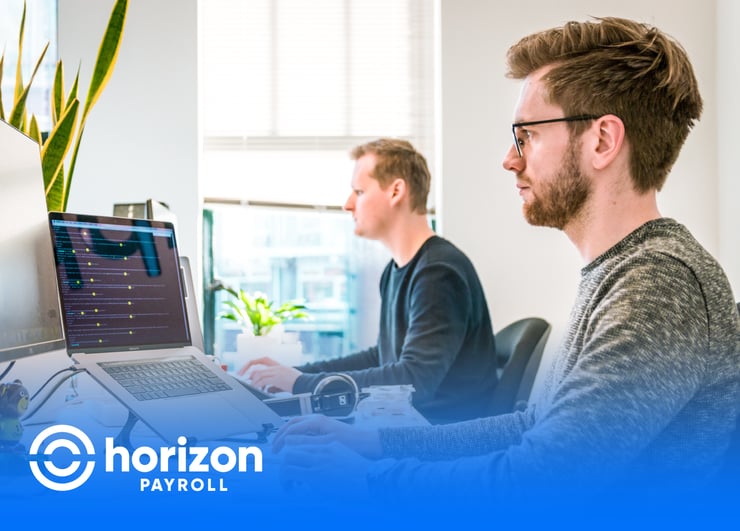
Below are a few questions that our team at Horizon often gets when it comes to businesses navigating the new laws of the SECURE Act 2.0. You can read further information on these new rules on our expanded SECURE Act FAQs page!
With so many helpful benefits, many taxpayers and companies are wondering when exactly the SECURE Act 2.0 will go into effect. The answer is somewhat complicated, as some components will kick into action earlier than others! For instance, automatic enrollment begins at the start of 2025, while the required minimum distribution rule already kicked in on January 1, 2023.
While there are some immediate changes, like the withdrawal for hardship perks and RMDs, all of the SECURE Act’s changes will be in place by 2025 at the latest. If you are interested in learning about the start date for a particular provision, contact our team today!
No, much like the original SECURE Act, the SECURE 2.0 Act does not affect social security. It is not a social security reform bill — it’s only aimed at improving the process of saving individually, making it easier and more appealing to contribute to IRAs and 401(k)s!
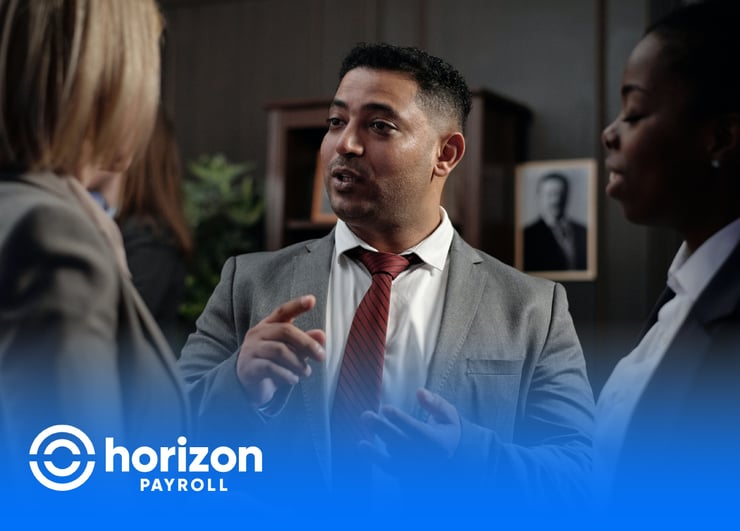
As a top-rated partner for businesses across the country, Horizon has helped countless companies with their payroll, HR, benefits/retirement administration, and more since 1999. Read about our full list of solutions here, or reach out today for a consultation!
Managing your team’s benefits, including the implementation of their retirement savings plans, can be extremely complicated to handle in-house for small businesses! Fortunately, we offer a number of solutions and services designed specifically to streamline the benefits admin process and make everything much easier to implement.
Our team at Horizon has provided expert payroll and HR solutions since 1999. That’s over two decades of experience serving employers across the country and helping them offer comprehensive benefits to their team! We are highly experienced and offer a diverse range of services that can help you and your business, no matter what your unique needs are!
Interested in learning more about Horizon and our top-rated payroll and HR services? Contact us today for more information and a consultation!
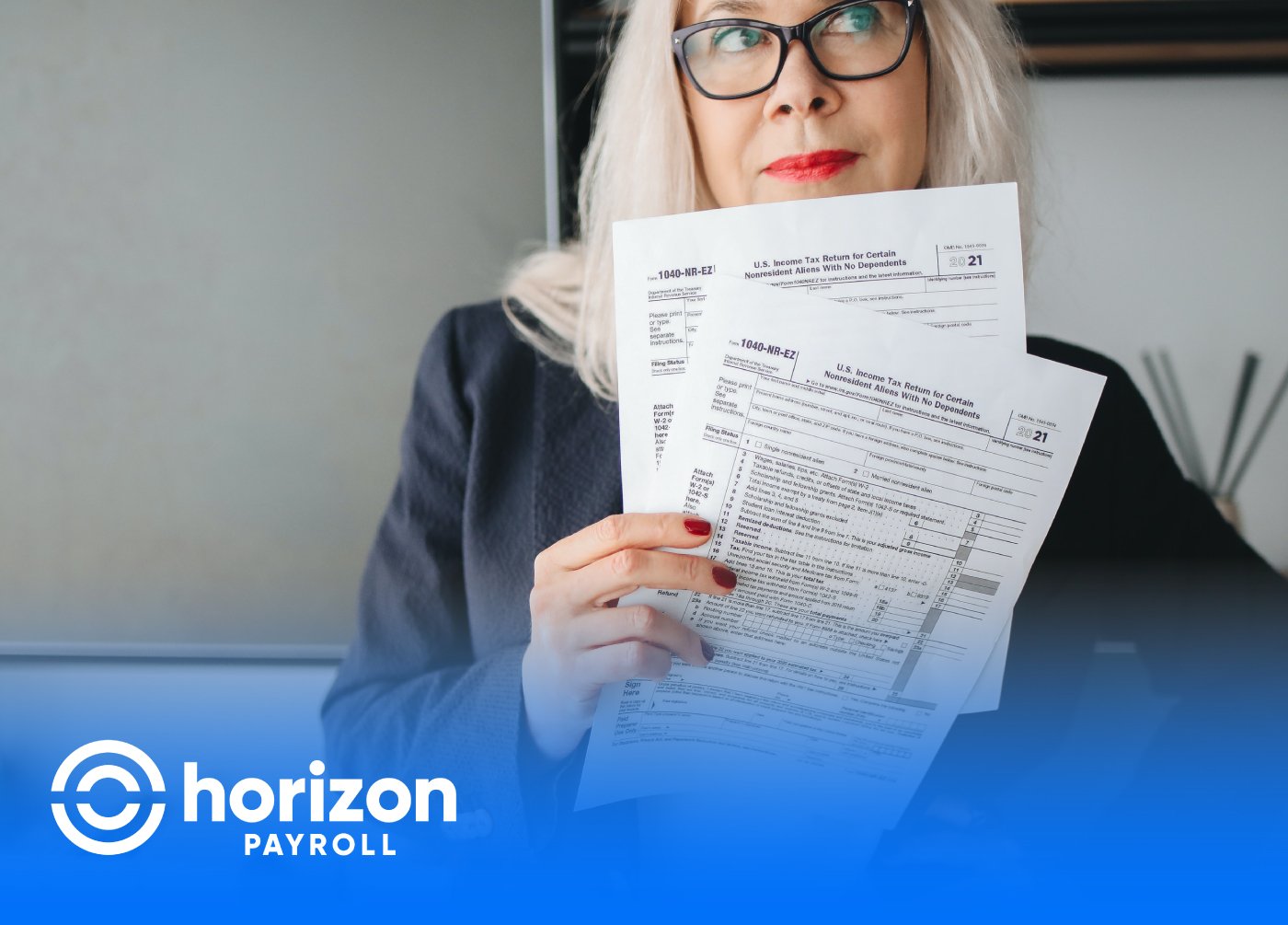
7 min read
Small business owners are constantly seeking ways to minimize their tax liabilities and increase their bottom line. One strategy that can help...
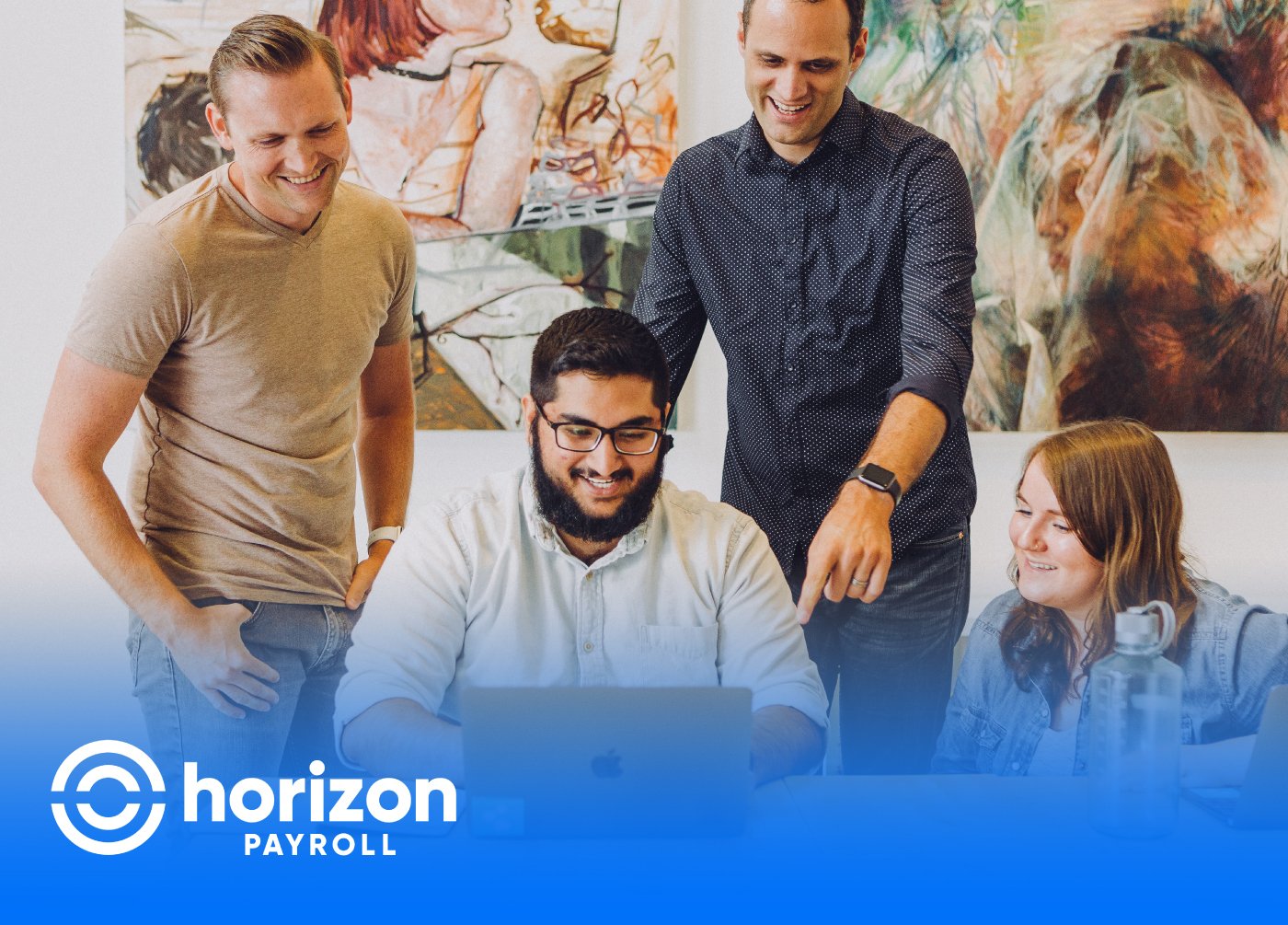
9 min read
A smooth, professionally designed, and comprehensive employee onboarding process is more important than many people, even HR professionals, might...

6 min read
In today’s ever-changing corporate landscape, businesses must learn new ways to adapt to current-day workplace operations and cultures, especially...